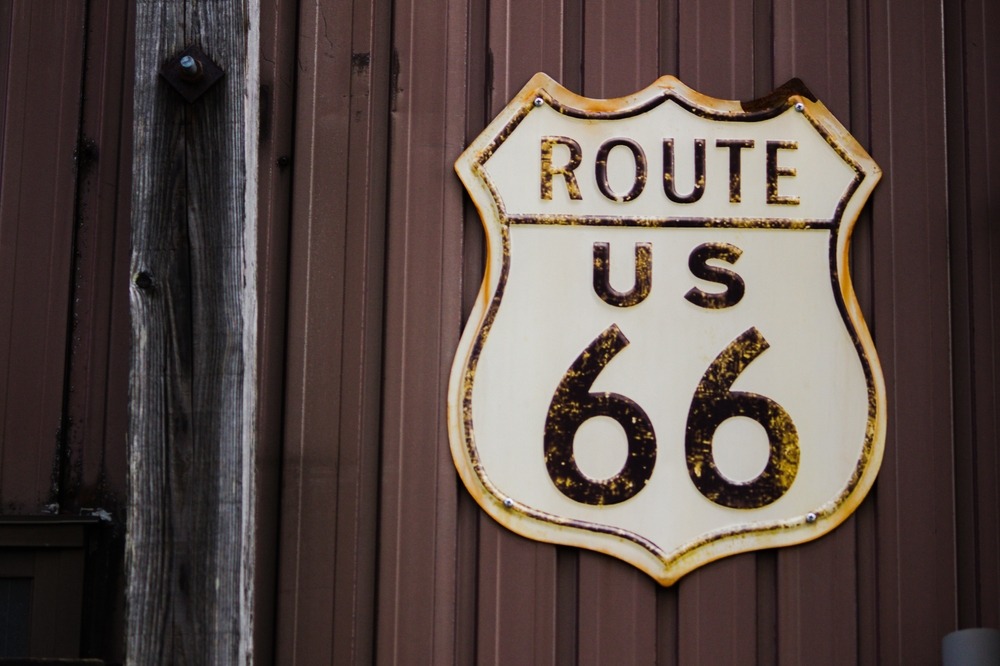As Route 66 celebrates its centennial, we look back at the history, the milestones, and the enduring legacy of the “Main Street of America.” Born in 1926, this historic highway connected Chicago, Illinois, to Santa Monica, California, spanning 2,448 miles and traversing eight states. It symbolized freedom, opportunity, and adventure for countless travelers and became an integral part of American culture.
The Birth of the Mother Road
Route 66 was officially established on November 11, 1926, as part of the original U.S. Highway System. Conceived by Cyrus Avery of Oklahoma, it was designed to link rural and urban communities, providing a direct path westward. Unlike other highways of its time, Route 66 took advantage of existing roads, creating a network that passed through small towns, giving them economic lifelines and a connection to the bustling cities.
The Golden Era: A Pathway to Dreams
During the Great Depression, Route 66 became a road of hope for those fleeing the Dust Bowl, immortalized in John Steinbeck’s The Grapes of Wrath as “The Mother Road.” Families packed their belongings and traveled west, seeking better opportunities in California. The highway also played a crucial role during World War II, serving as a transport route for troops and supplies.
After the war, Route 66 thrived as car culture exploded. It became synonymous with family vacations, roadside diners, motels, and neon signs. Businesses along the route flourished, and iconic attractions like the Blue Whale of Catoosa and Cadillac Ranch became must-see destinations.
Notable Events Along Route 66
- 1938: Route 66 became the first fully paved highway in the U.S., cementing its reputation as a reliable travel route.
- 1956: The Federal-Aid Highway Act marked the beginning of the Interstate Highway System, leading to the gradual decline of Route 66.
- 1985: Route 66 was officially decommissioned, removed from the U.S. Highway System. However, its legacy lived on as communities fought to preserve its history and charm.
- 1999: The National Route 66 Preservation Bill provided funds for its restoration, ensuring its landmarks and stories remained intact for future generations.
The Legacy Lives On
Despite being replaced by faster interstates, Route 66 remains a cultural touchstone. Restorations, museums, and festivals keep its spirit alive. The route has been designated a National Scenic Byway, with segments listed on the National Register of Historic Places.
Visitors today can still experience its charm, from the historic Wigwam Motel to the ghost towns that tell tales of a bygone era. Organizations like the Route 66 Alliance work tirelessly to preserve its history, ensuring it continues to inspire wanderers from around the world.
Celebrating a Century of Memories
As Route 66 turns 100, communities along the route are planning centennial events to honor its impact on American culture. Travelers can look forward to parades, car shows, and exhibitions celebrating the highway’s rich history.
Route 66 is more than just a road—it’s a symbol of resilience, adventure, and the enduring American spirit. As we celebrate its centennial, we honor the journey and look forward to the next chapter in its storied legacy.
Here’s to another hundred years of “getting your kicks” on Route 66!


































